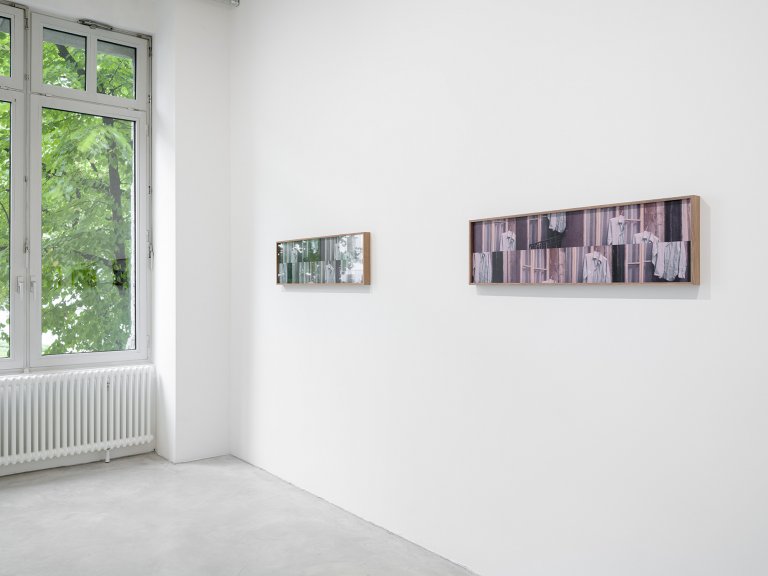- »Horizons of the Possible« Berlin, 2024
- Group Exhibition »From dreams you wake up - organized by Francisco Berzunza« Mexico City, 2024
- Group Exhibition »Ver« Mexico City, 2024
- »The Projectionist« Stockholm, 2022
- »Jazz Covers from the J.R. Plaza Archive« Berlin, 2020
- »La Desaparición« Stockholm, 2014
- »The Encyclopedia Of The Dead« Berlin, 2012
- cv-new-september.pdf
- inaki-bonillas.pdf
-
Iñaki Bonillas in conversation with Joana Hurtado Matheu: Watching from a crooked angle: A conversation with Iñaki Bonillas, Editorial Concreta, 2016
-
Thomas McDonough: Iñaki Bonillas, A Heap of Broken Images, 2012
-
Tom McDonough: Iñaki Bonillas, Artforum magazine, Nov 2010
-
Rubén Gallo: Iñaki Bonillas, Poliester Magazine, Verano 2000
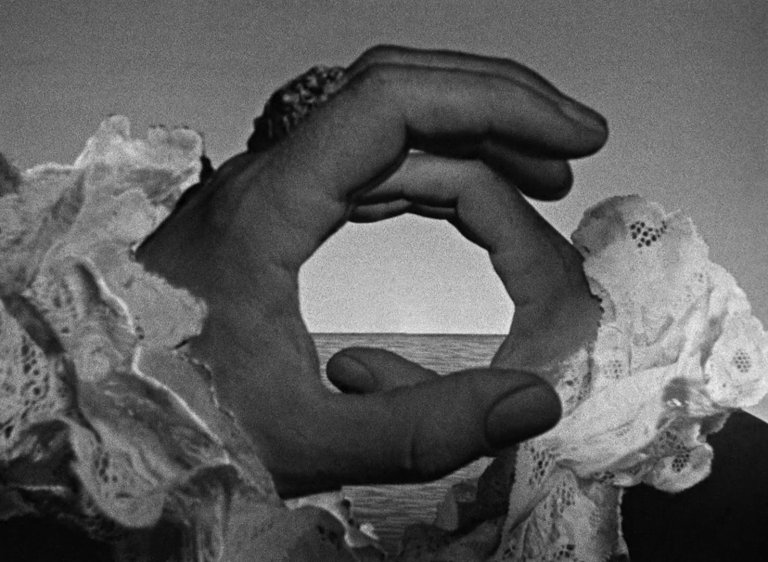
Iñaki Bonillas »Horizons of the Possible«
Berlin, September 14, 2024 - November 16, 2024
Opening: September 13, 2024, 6 – 10 pm as part of Berlin Art Week
Artist talk: 6:30 pm, Iñaki Bonillas in conversation with Sebastian Riemer
Working primarily with the history of image making in photography and cinema, Iñaki Bonillas, as a fervent believer in the ecology of the visual, uses archival material for his conceptual investigation of the medium. Since the early stages of his career in the late 1990s, Bonillas has analyzed the diverse techniques, leitmotifs and aesthetic parameters surrounding the production of images through the lens. Subsequently, the artist alters these found images, adding layers that reflect on different printing techniques or refer to the history of conceptual art.
For the past few years, he has been working with one of the largest image archives ever produced: still frames of films. 'Horizons of the Possible' brings together four distinct series that explore different interpretations of the horizon in film history, from the positions of sleeping bodies to lines and surfaces in domestic spaces and open skylines, by reworking images from Bonillas own archive of still frames. The notion of the horizon serves as a conceptual anchor to explore connections between chance, narrative, and visual memory.
One of Bonillas’ interests in still frames is that they reveal aspects of films that might otherwise go unnoticed. When they become a central element of a fixed image, their importance and possible meanings change dramatically. For the series 'Solaris' Bonillas focused on still frames of windowsills, a make-believe architectural element holding props seemingly not to be crucial for the plot of the film but placed there to construct a sense of realism. They operate through what the Russian literary critic Viktor Shklovsky called the estrangement in art: the capacity to make us perceive things differently. Bonillas manages to convey not only a defamiliarization in connection to daily life and to our immediate surroundings, but also in relation to the production of images and their fictions. 'Solaris' consists of etched copper plates prepared as if they were going to be used for producing heliogravure prints, but here they remain in their initial stage. Installed on a shelf, the plates itself are in constant flux as they reflect the light, mirroring the surrounding space. For the artist, the same happens with windows. They frame a portion of our reality that changes slightly and gradually each day—regardless of whether one is looking from the inside or from the outside. By turning still frames into objects, Bonillas makes tangible the means through which otherwise fleeting and ethereal fictions of film and photography are made: the refraction of light.
The series 'Down Memory Lane' adapts Marcel Duchamp’s '3 Standard Stoppages'. Duchamp dropped and fixed three white one-meter threads on three dark canvases, to preserve the random curves they assumed upon landing. Cut along these curves, Duchamp created a template for a new unit of measure. Bonillas noticed their resemblance to landscapes and used them as a framework to unite two landscape still frames in each panel, all taken from different films. These stills were then superimposed on the lines of Duchamp’s “joke about the meter” as a possible horizon: a diagram that becomes a topography in its own right. With this new signification, the horizon connects and lends a new narrative thread to images that were previously disconnected.
Lying down is the human horizontal posture par excellence. Nonetheless, for decades cinema barely showed people sleeping, with a few sporadic, comedic exceptions. 'The Big Sleep' assembles still frames of people performing this activity arranged in the form of a spiral. A figure that has been used in film to represent falling asleep and entering the realm of dreams, or even hypnosis—in other words, swirling down into different experiences of reality. In Bonillas’ work the characters seem to be dreaming about each other, based on the conventions of how sleep has been portrayed historically on screen. The spiral is further developed with all six panels coming together on the wall, composing a pattern reminiscent of quilts, a geometric textile composition that has always been connected to the comfort of sleep.
For 'My Beautiful Launderette', Bonillas selected a single Éric Rohmer film still frame depicting an image of a shirt hanging outside a window, which functions as a metaphor for photography itself. By cropping and rearranging the image into eight fragments and thus removing it from its original, transient context in a film, the individual frame becomes the origin of a new narrative, reiterating the structure of film. The composition furthermore reflects on the aging process of the printed image, which is susceptible to losing its chromatic values when exposed to light. The more you see it, the more you risk losing it; a particular paradox of photography. Bonillas therefore adjusted the different colours of the work in a palette that in the jargon of both darkroom and laundry room is called washed out colours. It was printed on six different photographic papers, since each print ages differently, just as clothes do. The work poetically draws on the quotidian as well as emphasizing the materiality of photography.
Iñaki Bonillas was born in Mexico City in 1981, where he currently lives and works. He participated in the Venice Biennial in 2003, the Prague Biennial in 2005, and the São Paulo Biennial in 2012. Significant solo exhibitions include presentations at Museo Amparo, Puebla (2021), Casa Luis Barragán, Mexico City (2016), La Virreina Centre de la Imatge, Barcelona (2012), Museo de Arte Moderno, Mexico City (2009), Matadero, Madrid, (2007), Mies van der Rohe Pavilion, Barcelona (2005) and Museum of Contemporary Art, Antwerp (2003). For his Artist's Web Project 'Words and Photos', commissioned by the Dia Arts Foundation in 2014, Bonillas digitized the 'J.R. Plaza Archive' and simultaneously created an extensive index of associated words mirroring the image database accessible online.
Iñaki Bonillas in conversation with Sebastian Riemer, Galerie Nordenhake Berlin, September 13, 2024
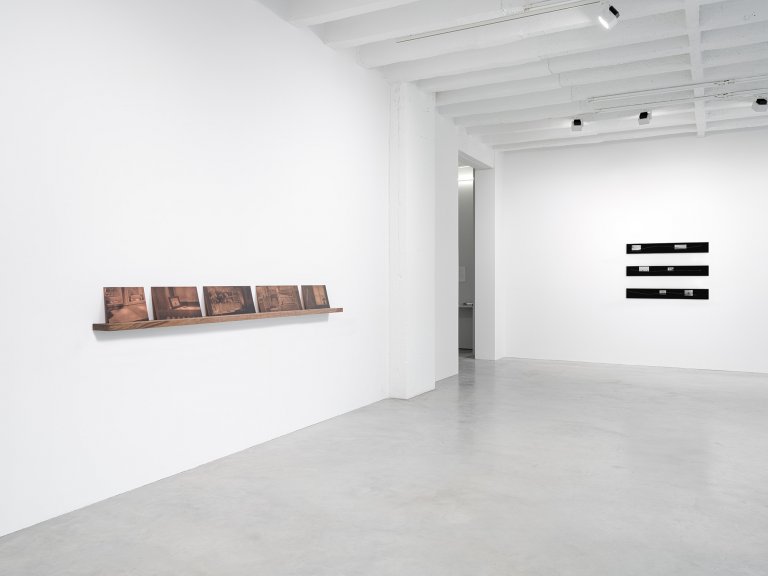
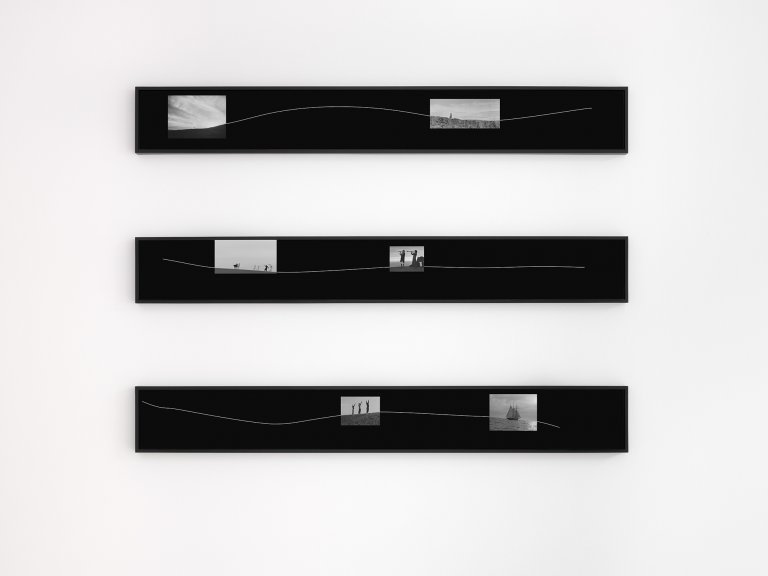
Down Memory Lane, 2024, LightJet print on Harman GDS FB paper, 310 gr, set of 3, each 13.3 x 113.3 cm, 5 1/4 x 44 5/8 in, framed 15.4 x 115.4 cm, 6 x 45 3/8 in, edition of 5
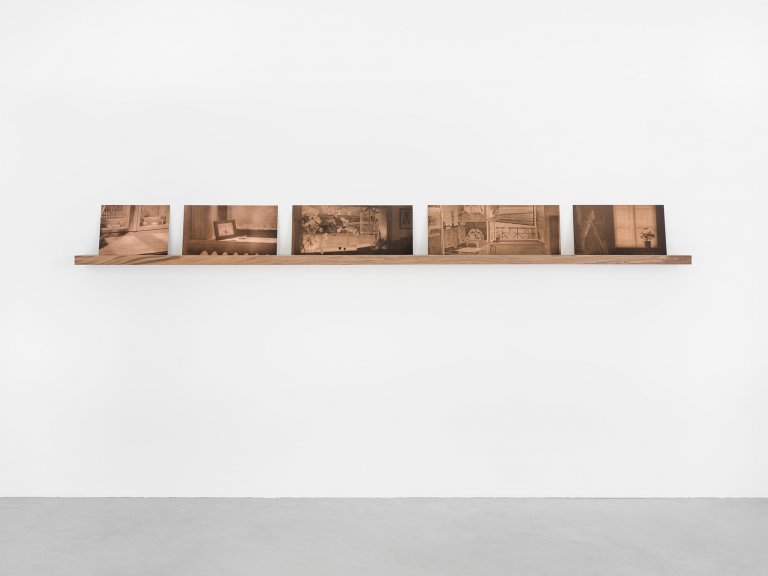
Solaris, 2024, inked and varnished chemical print on copper plate, walnut shelf, set of 5, overall 22.5 x 242.4 cm, 8 7/8 x 95 3/8 in, edition of 1
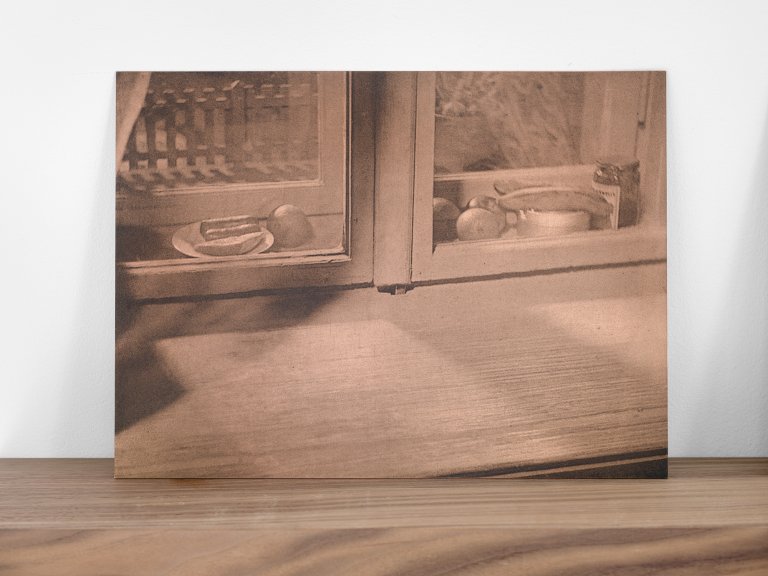
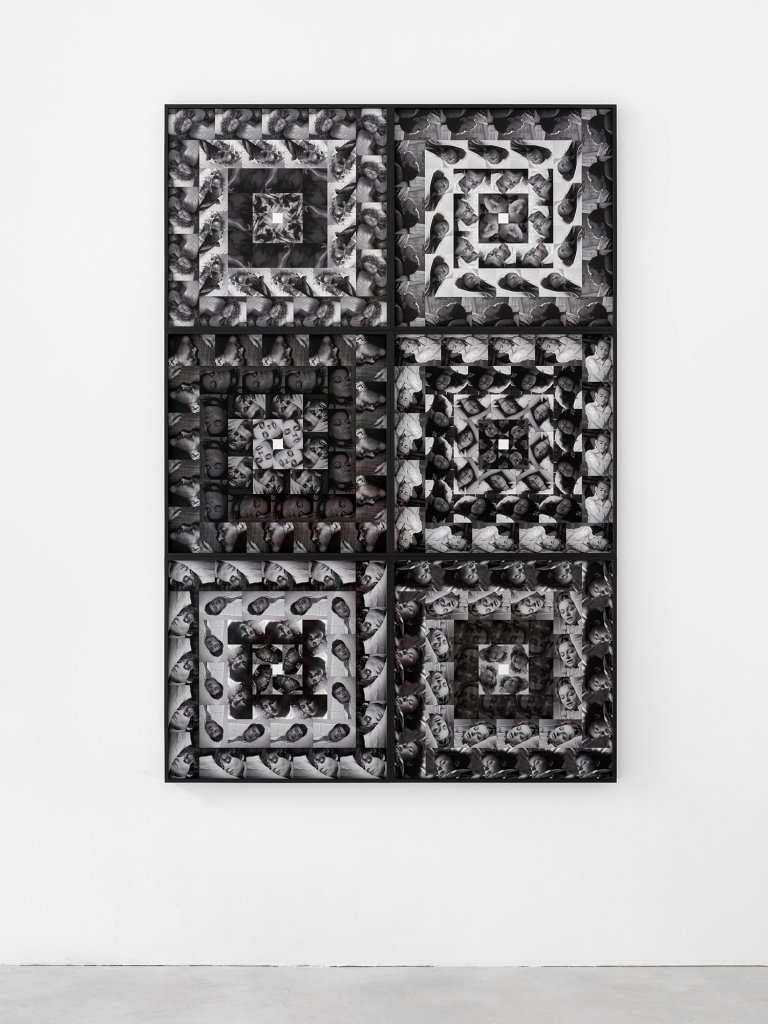
The Big Sleep, 2024, pigment print on Hahnemühle Photo Rag Ultra Smooth paper, 305 gr, set of 6, each 62 x 62 cm, 24 3/8 x 24 3/8 in, framed 64.2 x 64.2 cm, 25 1/4 x 25 1/4 in, overall 192,6 x 128,4 cm, 75 5/8 x 50 3/8 in, edition of 5
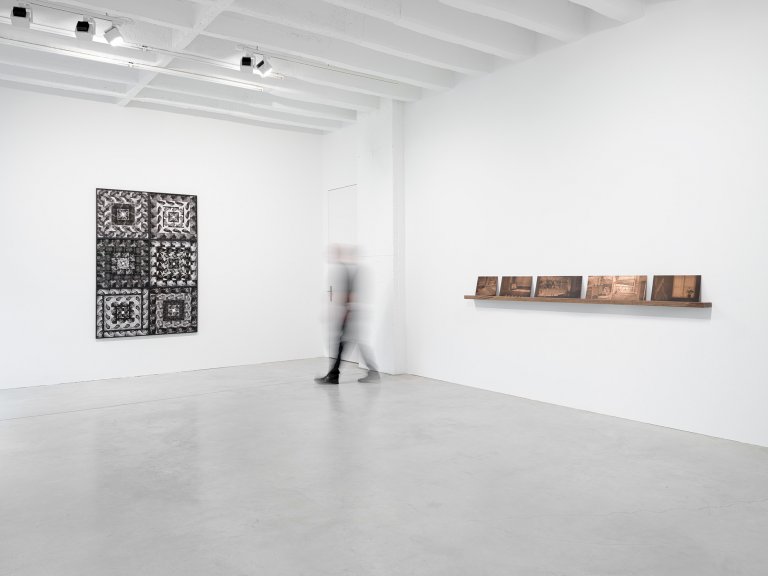
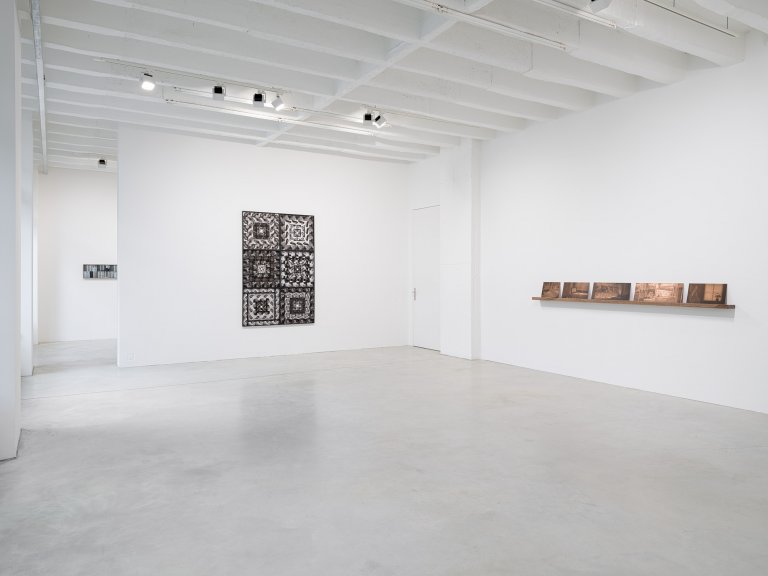
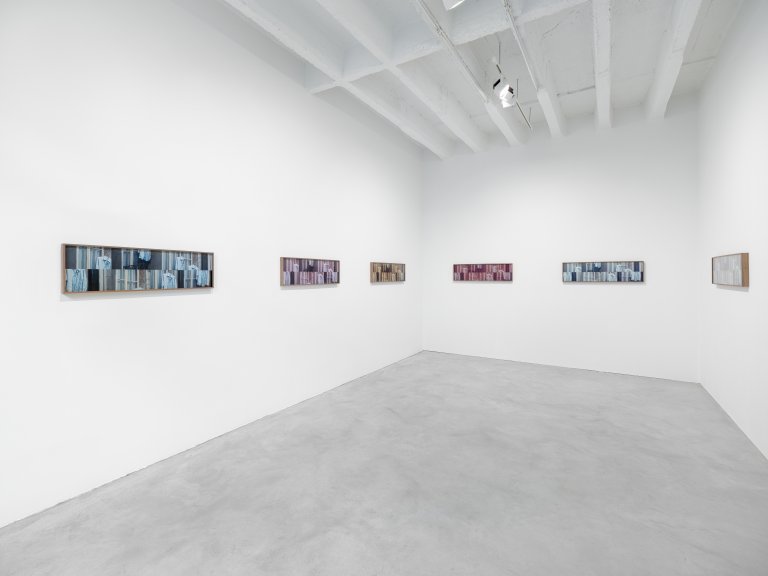
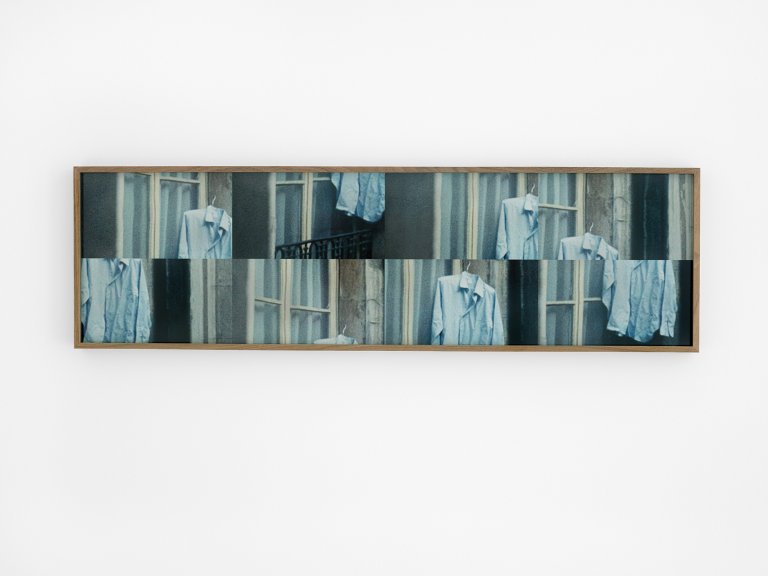
My Beautiful Laundrette 1, 2024, pigment print on Canon Glossy paper, 300 gr, 28 x 99.6 cm, 11 x 39.2 in, framed 36.8 x 126.3 cm, 14 1/2 x 49 3/4 in, edition of 3
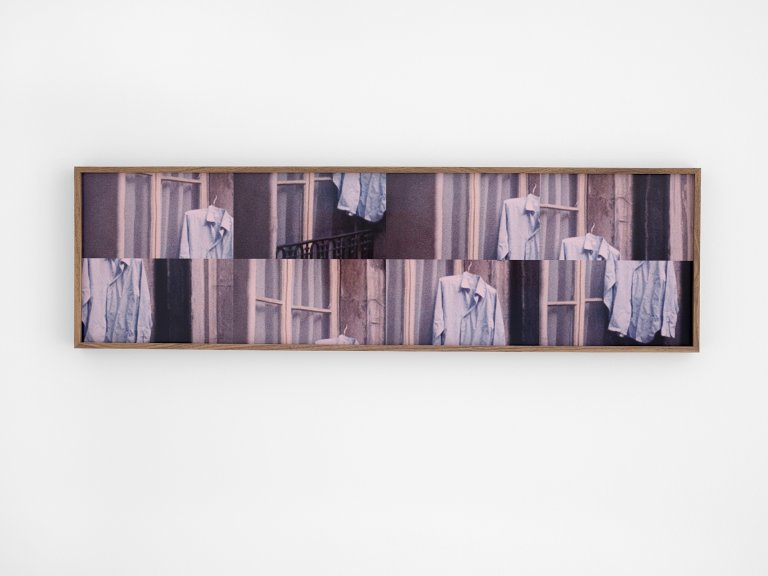
My Beautiful Laundrette 4, 2024, pigment print on Hahnemühle Photo Silk Baryta X paper, 310 gr, 28 x 99.6 cm, 11 x 39.2 in, framed 36.8 x 126.3 cm, 14 1/2 x 49 3/4 in, edition of 3
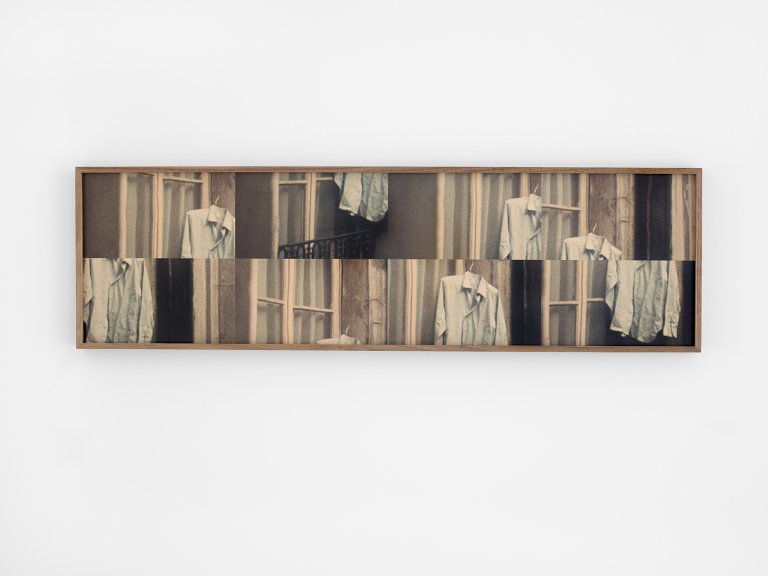
My Beautiful Laundrette 5, 2024, pigment print on Tecco Baryt Ivory paper, 290 gr, 28 x 99.6 cm, 11 x 39.2 in, framed 36.8 x 126.3 cm, 14 1/2 x 49 3/4 in, edition of 3
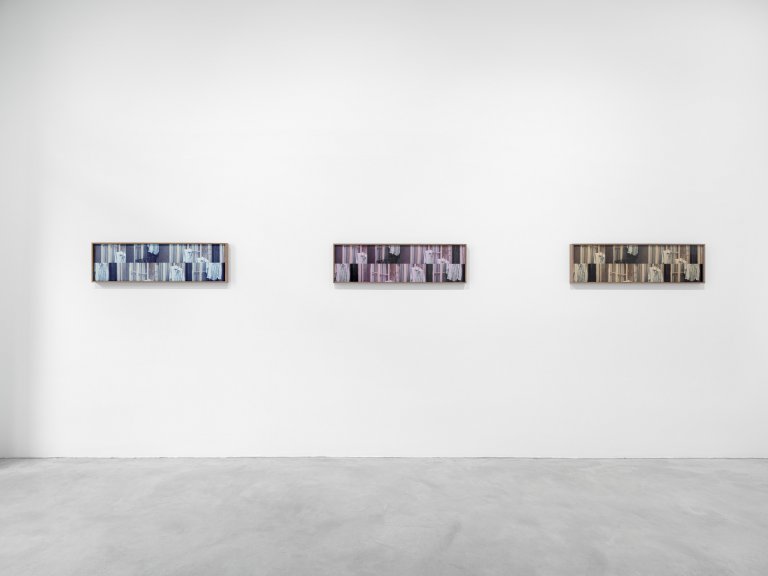
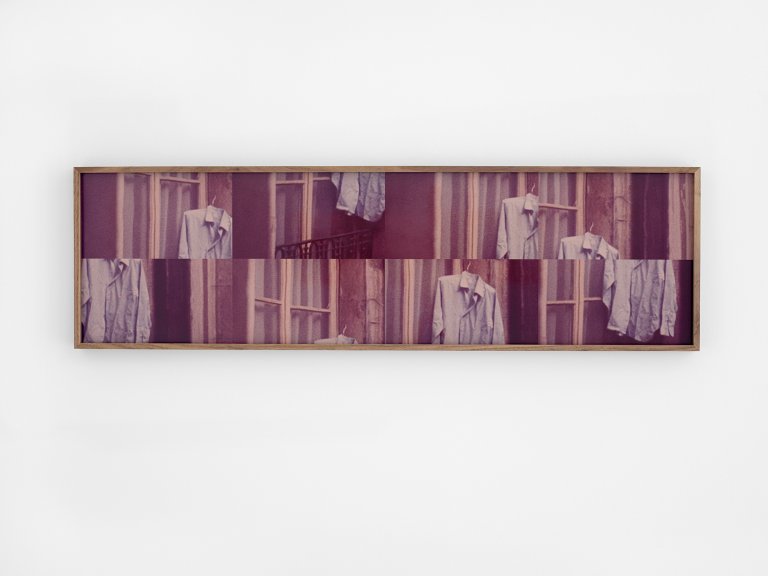
My Beautiful Laundrette 3, 2024, pigment print on Canson Platine Fibre Rag paper, 310 gr, 28 x 99.6 cm, 11 x 39.2 in, framed 36.8 x 126.3 cm, 14 1/2 x 49 3/4 in, edition of 3
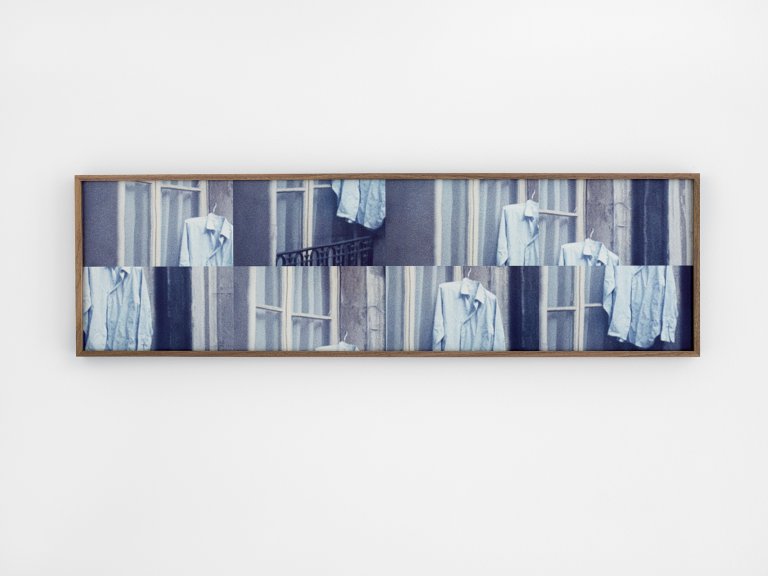
My Beautiful Laundrette 6, 2024, pigment print on Hahnemühle Photo Rag Metallic paper, 340 gr, 28 x 99.6 cm, 11 x 39.2 in, framed 36.8 x 126.3 cm, 14 1/2 x 49 3/4 in, edition of 3
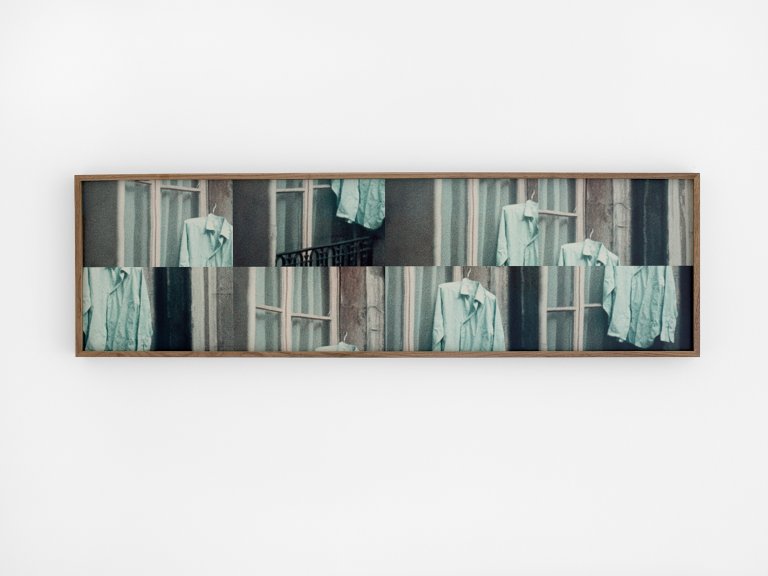
My Beautiful Laundrette 2, 2024, pigment print on Hahnemühle Fine Art Pearl paper, 285 gr, 28 x 99.6 cm, 11 x 39.2 in, framed 36.8 x 126.3 cm, 14 1/2 x 49 3/4 in, edition of 3
